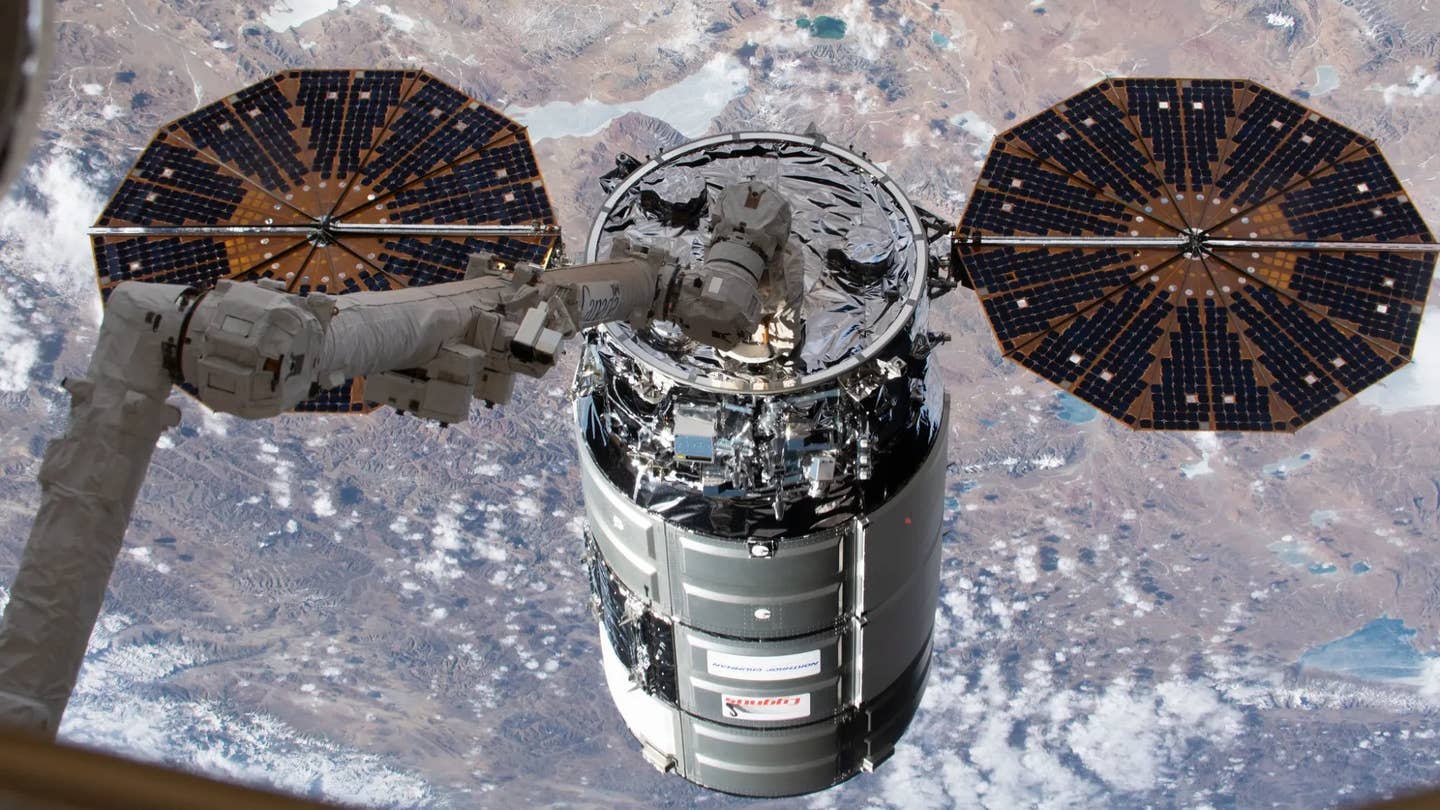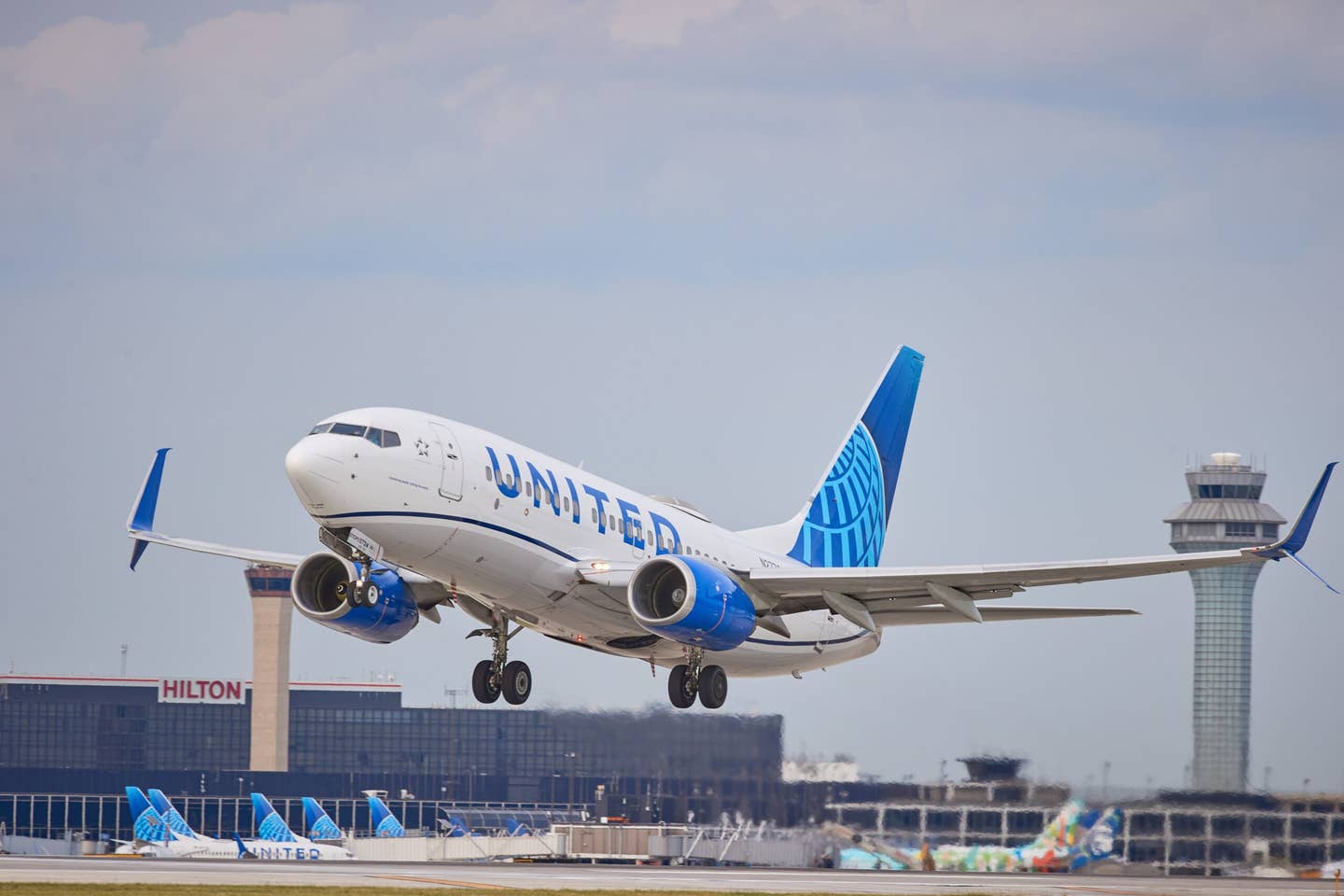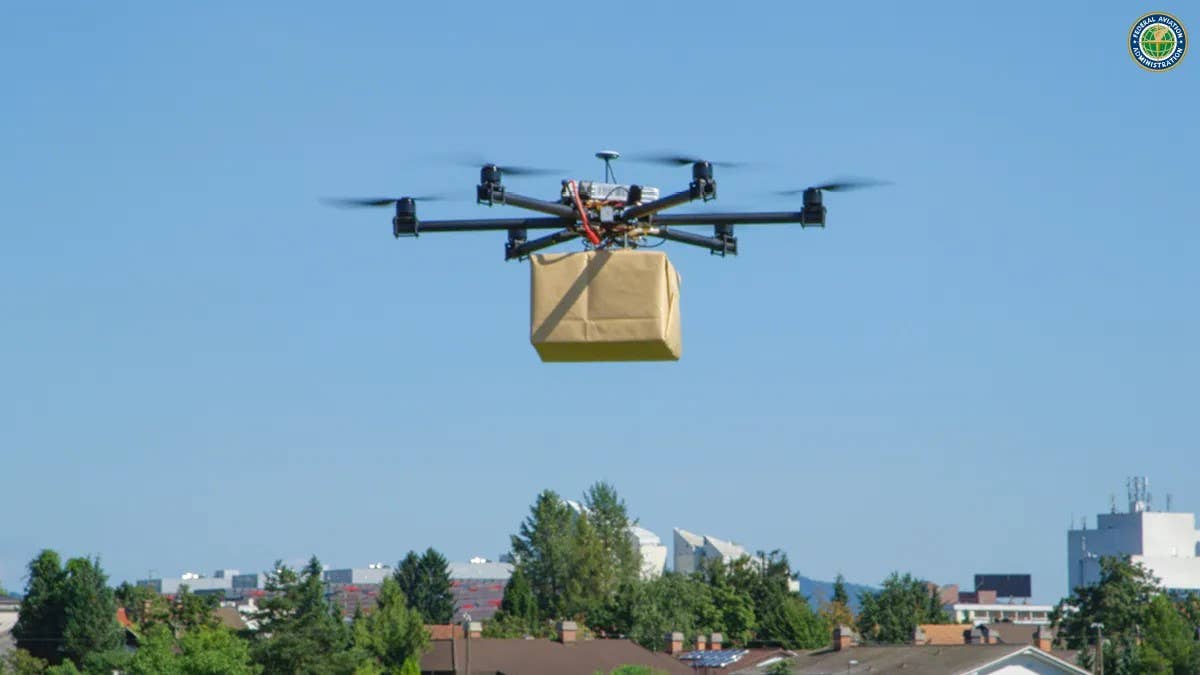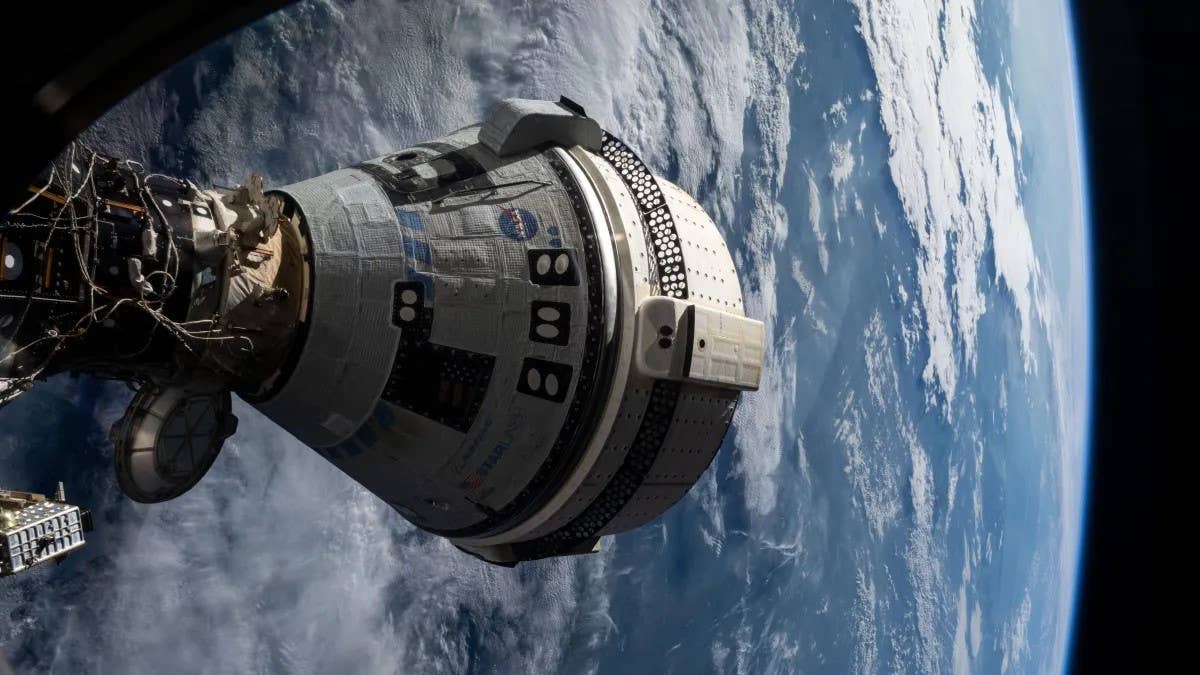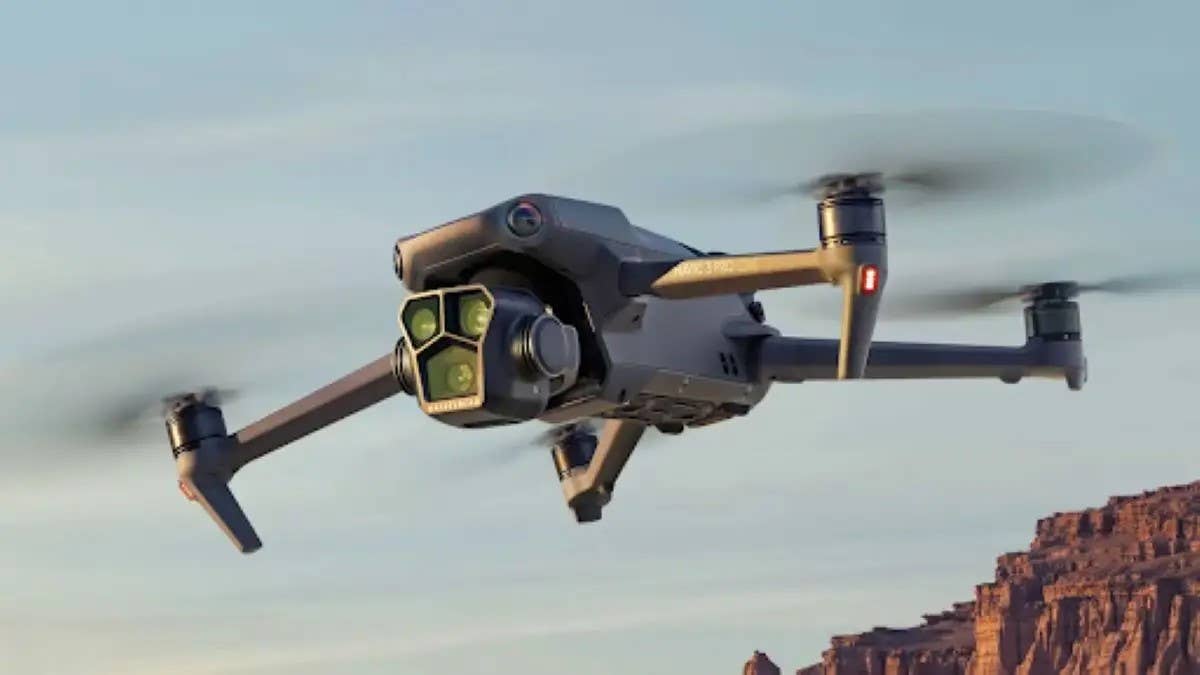Doroni Aerospace Unveils H1-X Personal ‘Flying Car’
The two-seat eVTOL, designed for personal ownership, government agencies, and emergency services, is expected to begin test flights by the end of 2024.
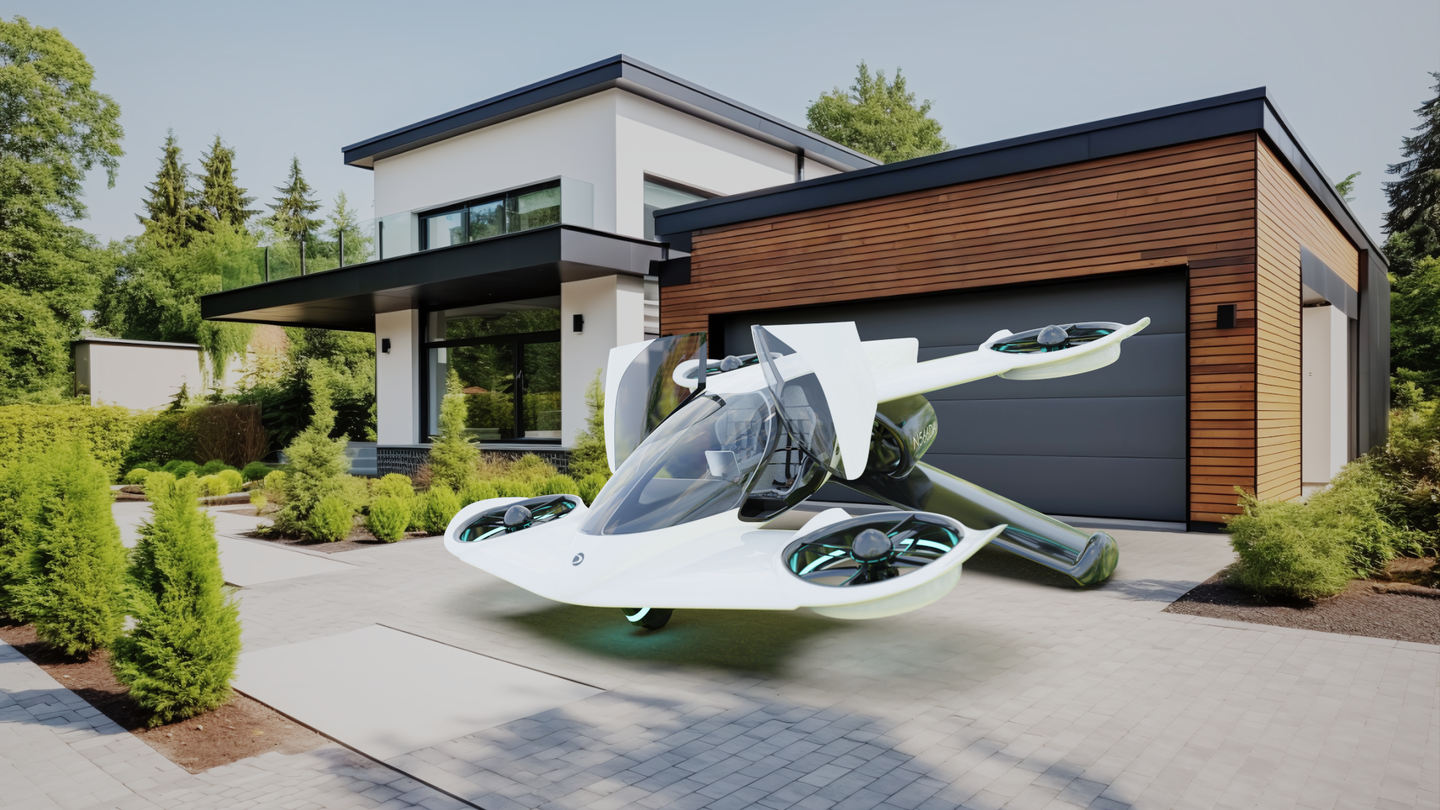
A 3D rendering of Doroni Aerospace’s newly unveiled H1-X, an eVTOL ‘flying car’ intended for personal ownership. [Courtesy: Doroni Aerospace]
A Florida-based manufacturer has unveiled a “flying car” design it says is “so intuitive that a 4-year-old could fly it.”
Doroni Aerospace on Friday revealed the sleek-looking H1-X: a two-seat electric vertical takeoff and landing (eVTOL) model designed for personal transportation. The company anticipates the first H1-X test flight by the end of 2024.
Doroni could certify the tandem wing design as a light sport aircraft (LSA) under the FAA’s MOSAIC proposal, which would raise the weight limit on such aircraft from 1,320 pounds to about 3,000 pounds. Doing so would lower the model’s barrier to certification and make it more accessible to pilots.
Personal eVTOL aircraft such as the H1-X are expected to hit the U.S. market before electric air taxis, which a handful of manufacturers intend to launch commercially in 2025. The smaller models may give Americans their first glimpse of eVTOL technology.
“The H1-X is not just a vehicle; it's a leap towards a future where freedom of movement and sustainability coexist,” said Doron Merdinger, CEO of Doroni. “Our dedication to innovation, safety, and the environment is embodied in every aspect of the H1-X, marking a new chapter in transportation.”
Doroni called the H1-X’s unusual tandem wing configuration—which it claims will enhance lift and efficiency—a “leap in aerodynamic sophistication.” It includes integrated wing landing gear, with wing fences to manage airflow.
Another defining feature is the propulsion system. The aircraft receives its lift from four in-wing electric ducted fans, a technology also featured on the Lilium Jet. The fans are designed to reduce noise and improve flight efficiency while keeping the blades enclosed, making the H1-X suitable for urban environments.
Eight vertical electric motors—two each on the aircraft’s four wings—power the fans, enabling quiet and efficient vertical takeoff and landing without a runway. The company said the eVTOL could even land on driveways or roofs.
As two rear-mounted pusher propellers move the aircraft forward, its wings generate lift, conserving power and reducing the amount of lift thrust required from the fans. Doroni said it has patented the combination of tandem wings and electric ducted fans. It added that the design was inspired by jet fighters of the 1950s and 1960s, which blended different wing cambers and sweeps.
The aircraft can fly for about 40 minutes on a single charge, with the ability to charge fully in as little as 20 minutes. Battery packs will be swappable and compatible with standard electric ground vehicle chargers, similar to most eVTOL air taxi concepts.
Combined, the technologies aboard the H1-X give the aircraft a range of 60 sm (52 nm), top speed of 120 mph (104 knots), and payload capacity of 500 pounds, making it ideal for urban or semiurban commutes, Doroni said.
The aircraft was “designed to make flying as accessible as driving,” according to the company. The pilot controls the eVTOL using a single joystick, powering it on and initiating takeoff or landing with a single push of a button. Intuitive precision flight controls do the rest. To store it, owners require only the space of a two-car garage.
The aircraft comes with semiautonomous navigation as well as a self-stabilizing flight system, which is designed to keep the aircraft in equilibrium. Safety features include a built-in ballistic parachute and advanced anti-collision sensors that continuously monitor for obstacles.
The H1-X’s total takeoff weight of 1,850 pounds would qualify it as LSA under the FAA’s MOSAIC proposal, which would expand the definition of LSA to accommodate new aircraft types. Doroni last year said it would consider LSA certification for the H1, its “go-to-market aircraft” unveiled in 2021. It did not mention such plans for the H1-X, but it’s possible the manufacturer has similar intentions.
Doroni said its new model has the potential to transform not just personal travel but also logistics and support services. The company envisions a wide range of applications, including cargo delivery, emergency services, and military operations.
Doroni launched preorders for the go-to-market H1 in 2022. It announced it would accept 36 preorder reservations in the first year of production, “scaling slowly in order to ensure the highest level of quality and safety possible.” Customers will require a valid driver’s license and the completion of a 20-hour training course to fly the H1. The company anticipates the aircraft’s launch later this year.
The predecessor to the H1-X in July completed what Doroni said was the first test flight of a personal two-seat eVTOL in the U.S. It received FAA airworthiness certification in December, at which time the company said it had more than 370 preorders in its backlog.
Like this story? We think you'll also like the Future of FLYING newsletter sent every Thursday afternoon. Sign up now.

Subscribe to Our Newsletter
Get the latest FLYING stories delivered directly to your inbox

